Creativity on a Budget? Photography Doesn't HAVE to be So Expensive!
A love letter to creativity, curiosity, and cheap lenses.
Let’s be honest here: I used to be a lens snob.
For most of my photography career, I’ve scoffed at anything under $500. If it’s cheap, it can’t be good. Right?
And besides… I’m allegedly a professional photographer, so why would I be caught with anything cheap? Pros spend the money, don’t they? Best of the best. You get what you pay for - you know the sayings.
But sometimes, all that is just noise. The sound of the marketing machine can be deafening.
All of the photos here were taken using the TTArtisan 40mm f/2 on the Nikon Zf, an admittedly expensive camera. But the lens? It’s under $170, and it’s a reminder that we don’t NEED the “best” glass out there to make photos we love. In fact, any old digital camera would get similar results with this lens - another reminder that expensive gear isn’t always the answer.
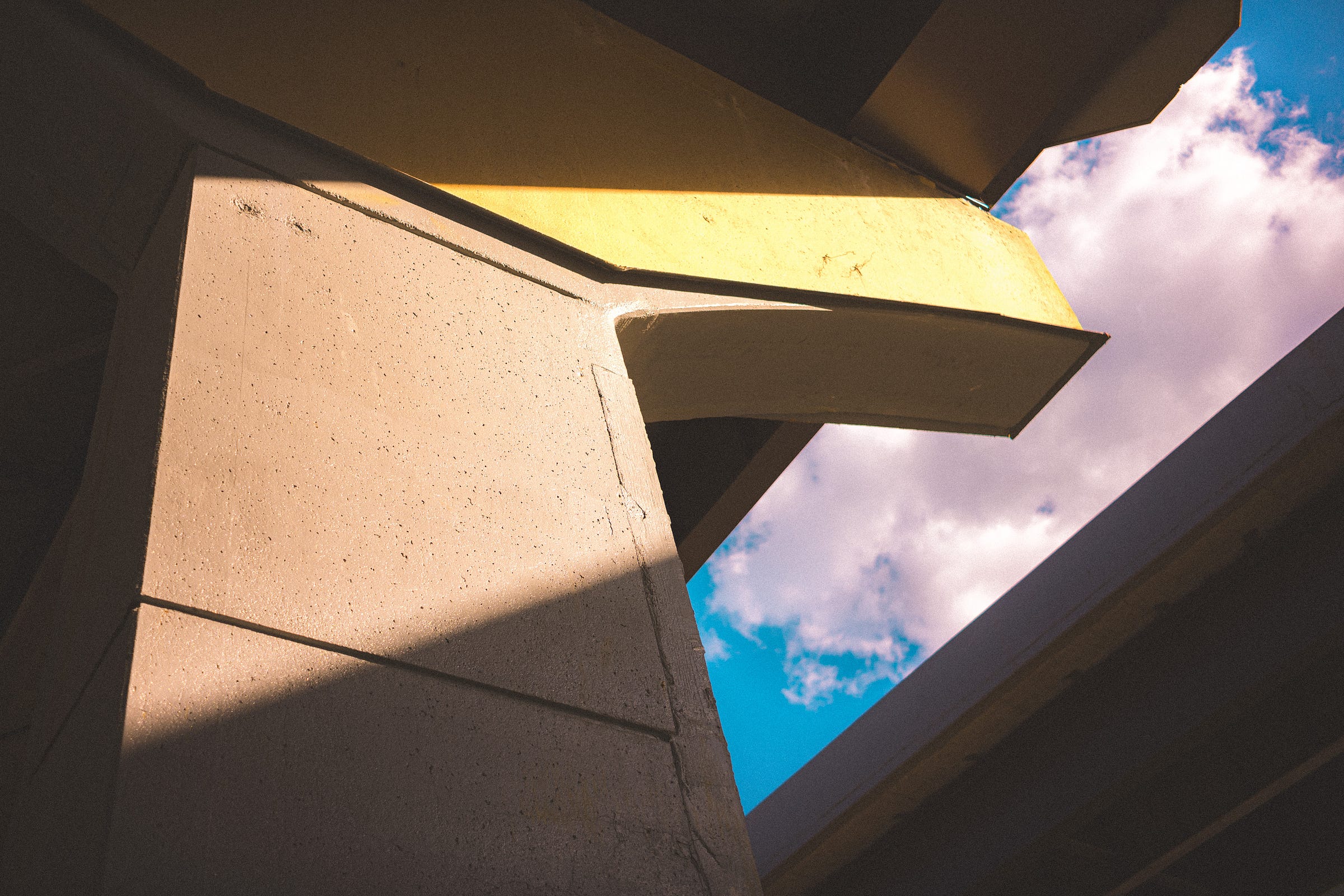
Photography as an act of healing can be powerful, and this night, I was in a bit of a funk. My confidence was low. Self-doubt was high.
So I grabbed the Zf with the TTArtisan and headed out, hoping to find some serenity and interesting scenes in downtown Omaha, Nebraska.
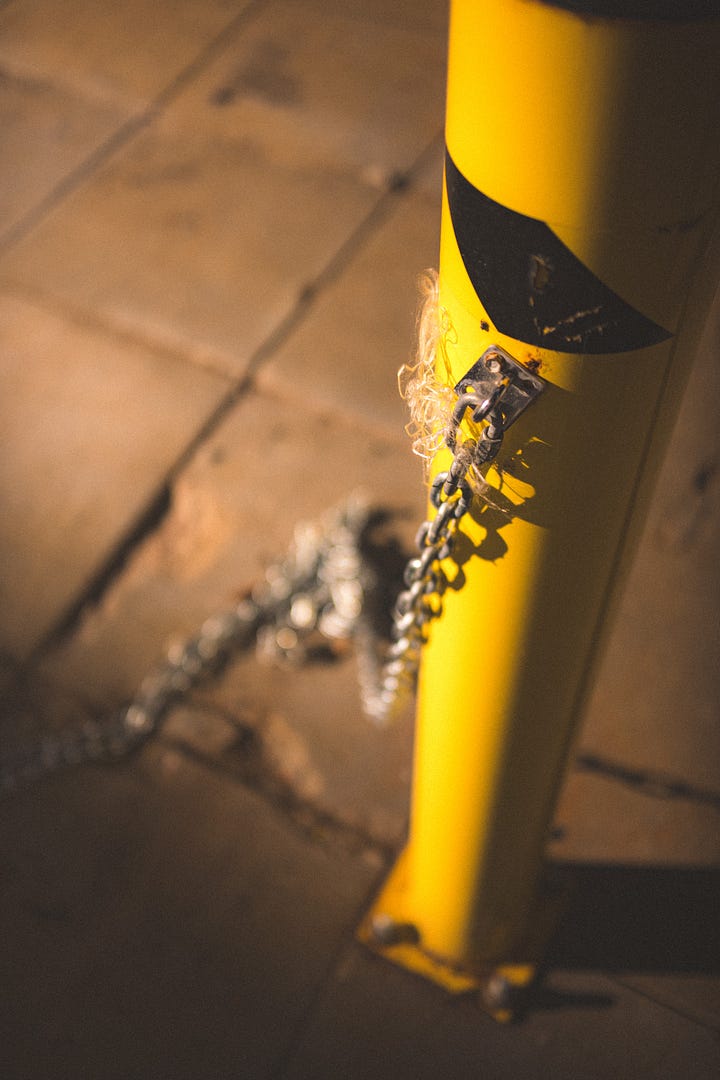
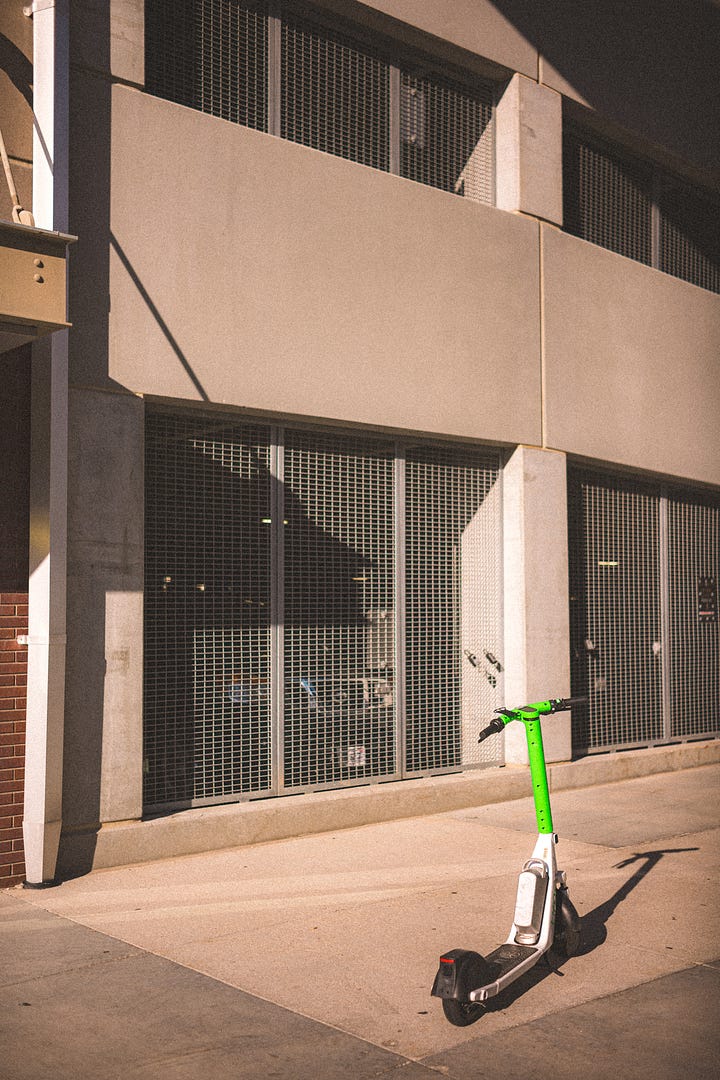
I used my camera in “old-school” mode, which for me means manual focus and manual controls. This lens has an aperture ring, so it was just pure tactile photography.
I was “in the zone” the entire night, absorbed in chasing the light, barely registering there was a camera in my hands. Before long, the self-defeating thoughts were gone, replaced with an awareness of the world I can only find through photography.
I’d sit with a scene for a moment, taking it in. Then, if I thought it was worthy of a photo, I’d select my exposure settings, focus, and press “click.”
While I was walking around though, I wasn’t sure how the photos would turn out. It was my first time using the lens, and I had no idea how they’d look. In the moment I didn’t care.
Using the cheap lens was freeing: I had no expectations.
So I just took pictures, intent to appreciate the light in front of me.

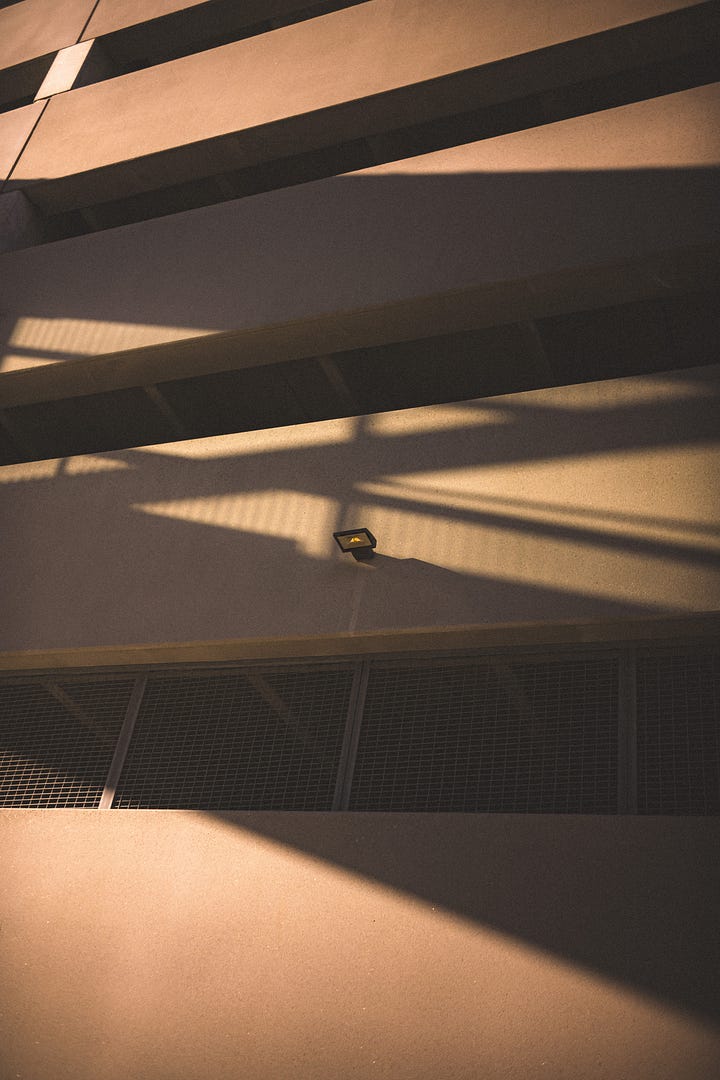
Mostly, I exposed on the darker end of the light meter (-2/3rds or 1 stop), so that the highlights would be soft and full of warmth.
I got home and reviewed the photos. “Oh, man.” I remember thinking: “These look pretty good.”
The lens renders scenes with rich, subtle tones. There’s a dreamy quality to the way it sees the world, and the lens perfectly matches how I felt that night. This is true of many inexpensive lenses: they have unique qualities I have begun to seek more and more.
Photography is translation. What we feel, how we feel it: it alters the way our photos come out when we press the shutter release.
And the lens is our translation layer.
With something like the 40mm’s dreamy characteristics, you can get images that might technically be “inferior” to the more expensive stuff, but can be much more interesting.
Sharpness? Distortion? Fringing? Who cares. These are wonderful.
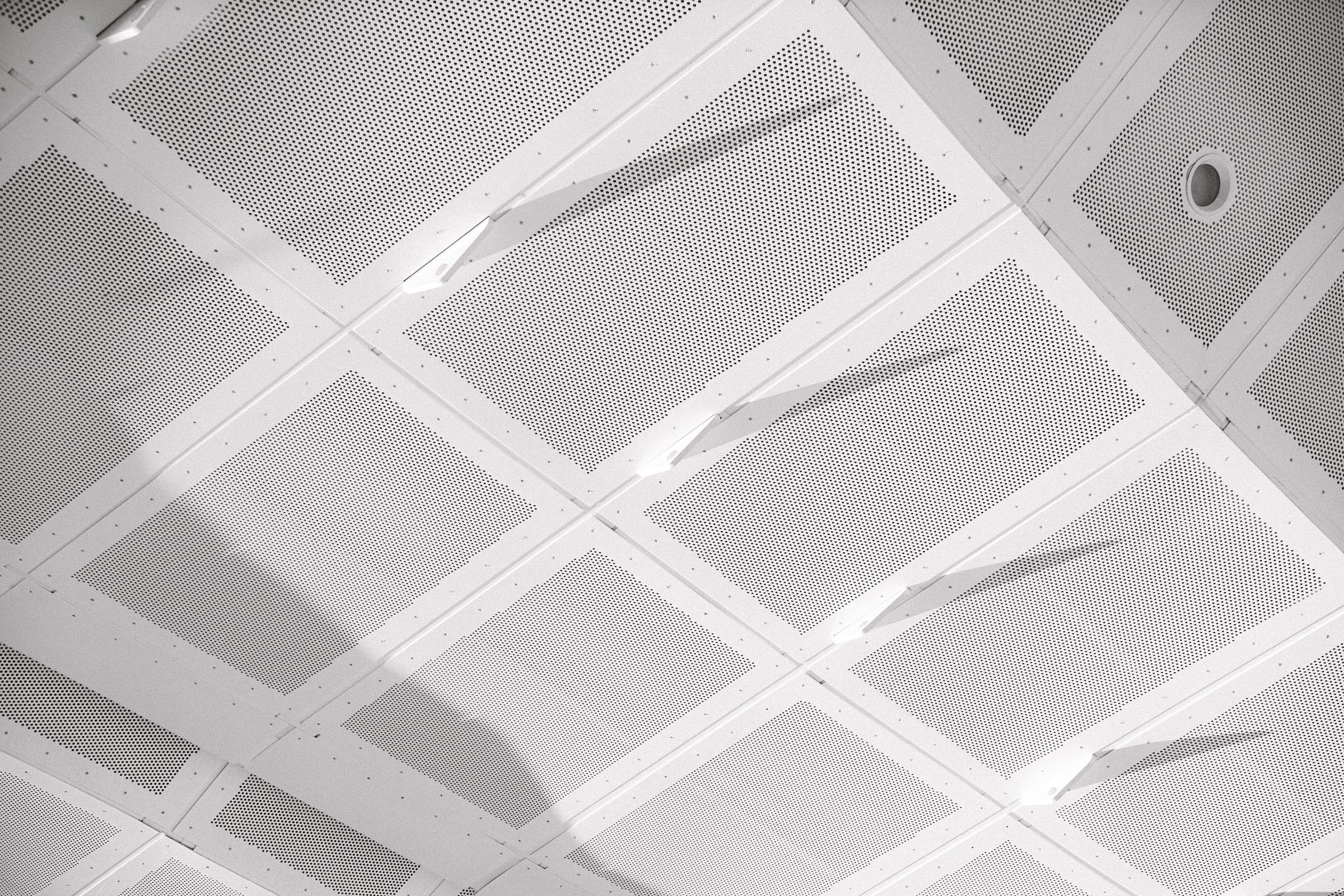
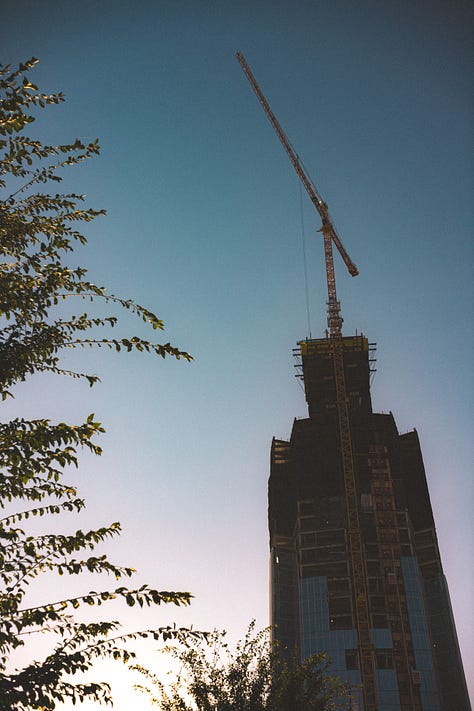
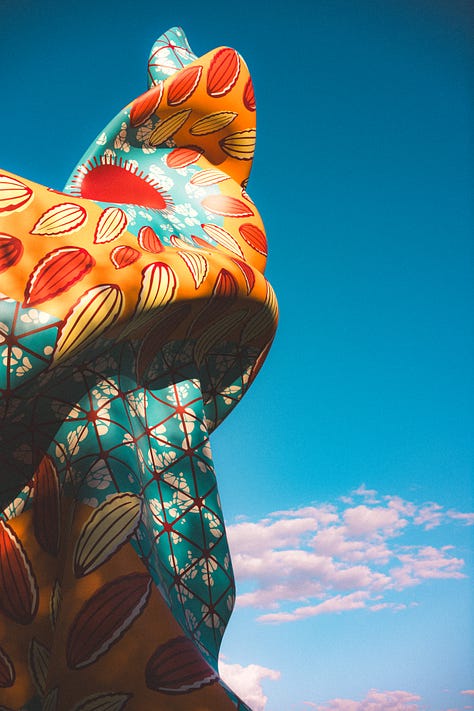
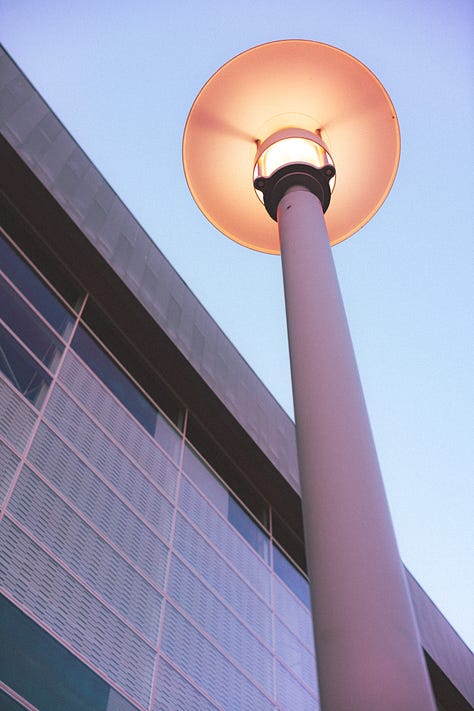
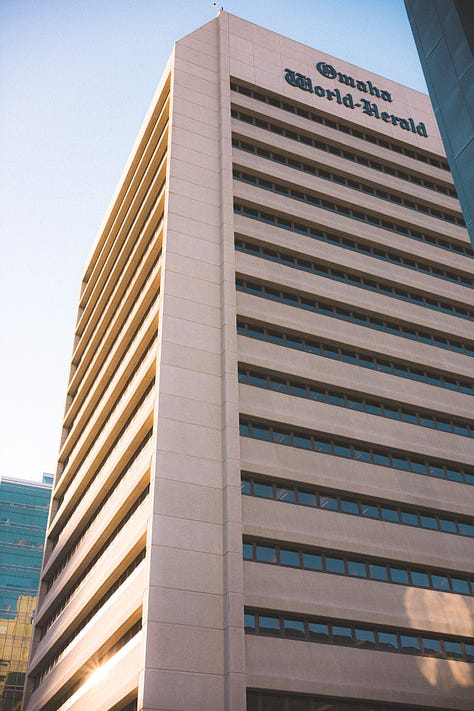
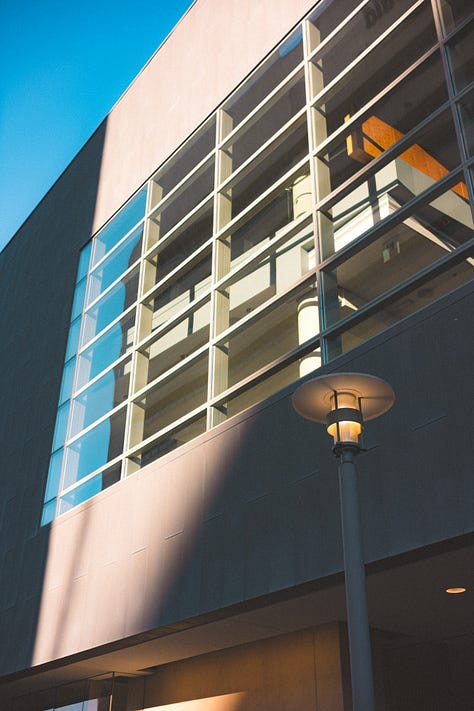
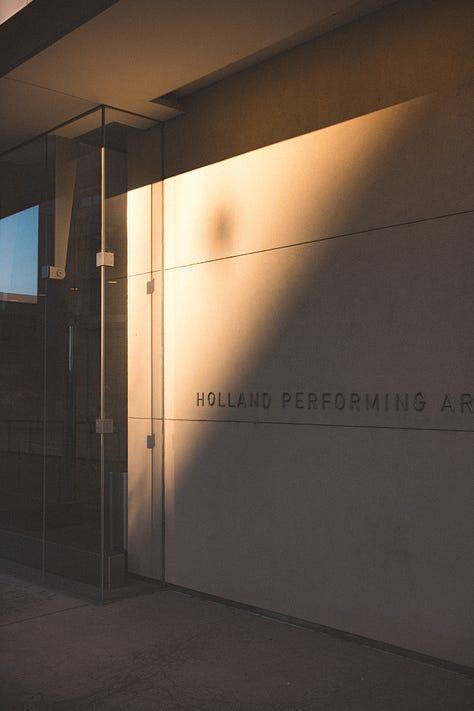

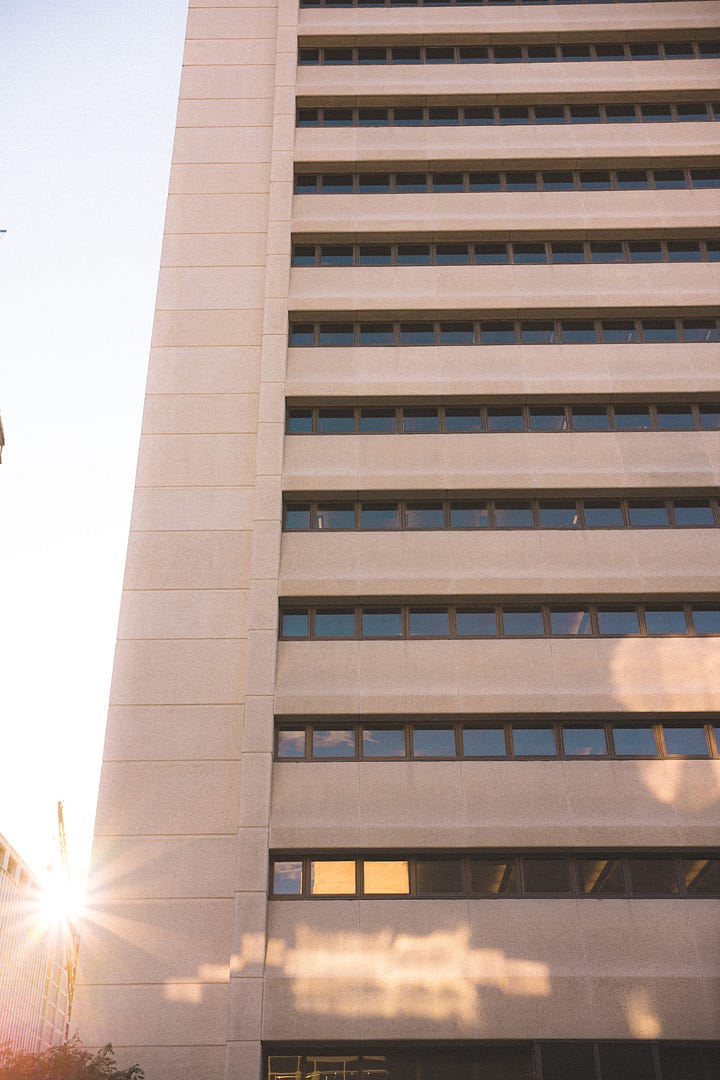
The point here is this: I think for many, many, MANY photographers, they don’t need the expensive stuff. What would I gain here by using something more expensive?
Maybe the bigger question is: what would I lose?
Because in today’s environment, the more expensive lenses are often clinically sharp with very few flaws. What’s the fun in that?
THANK YOU FOR BEING HERE!
I can’t thank you enough. Over the years I’ve had so much support, and I’m honored you consider my writing and photography worth your time.
If you want to support me further, you could subscribe to this blog with a subscription, or you could buy a print from me here:



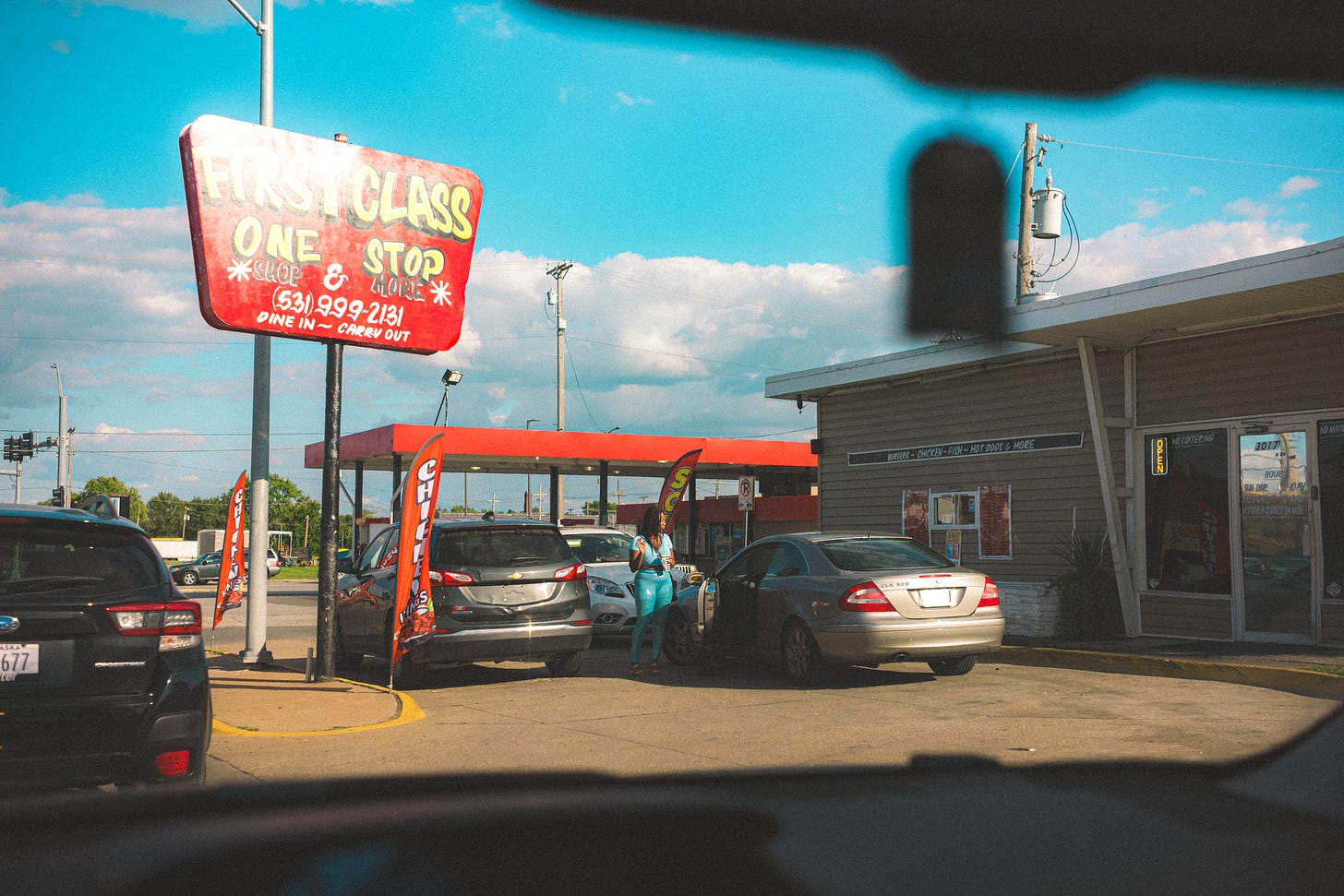
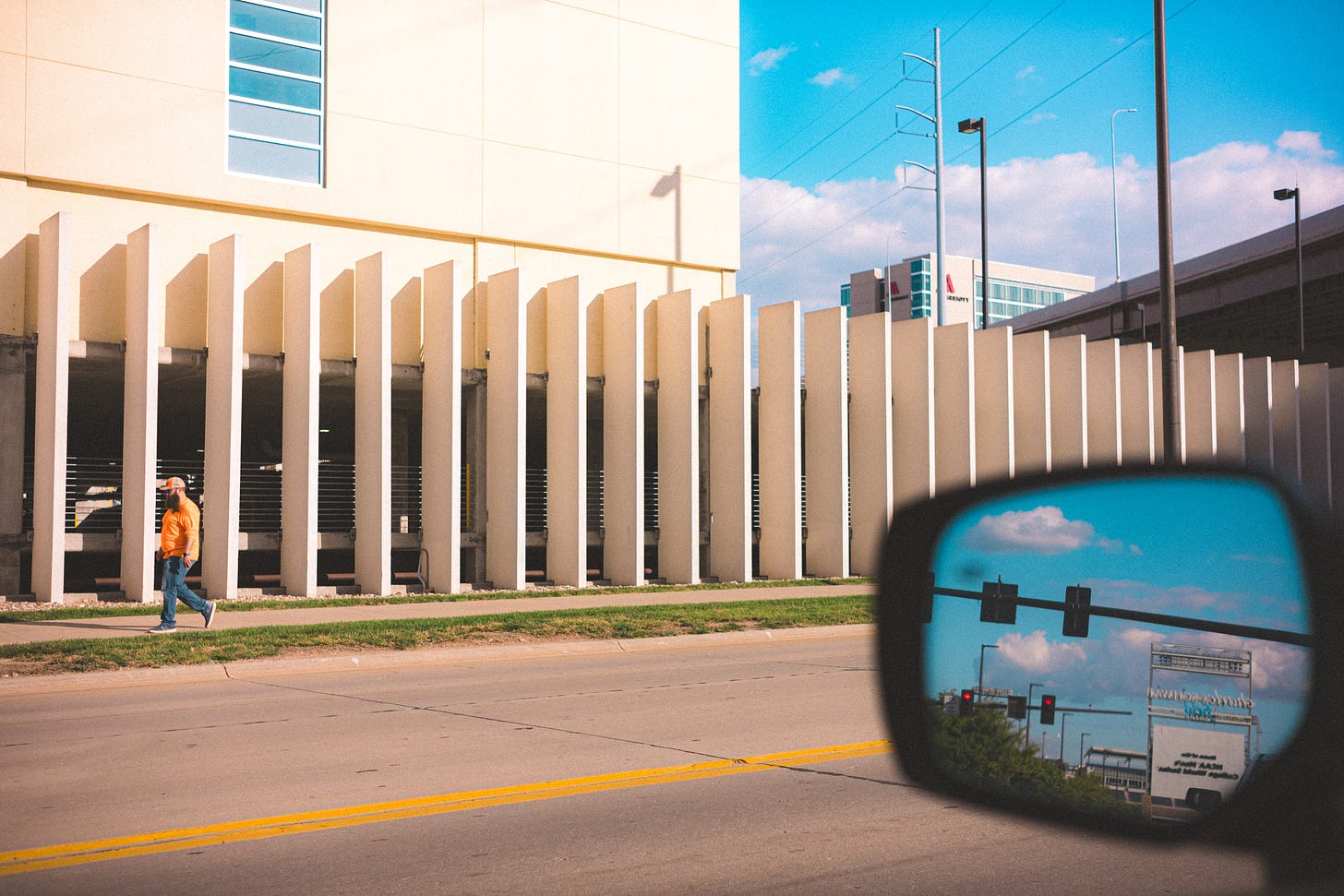
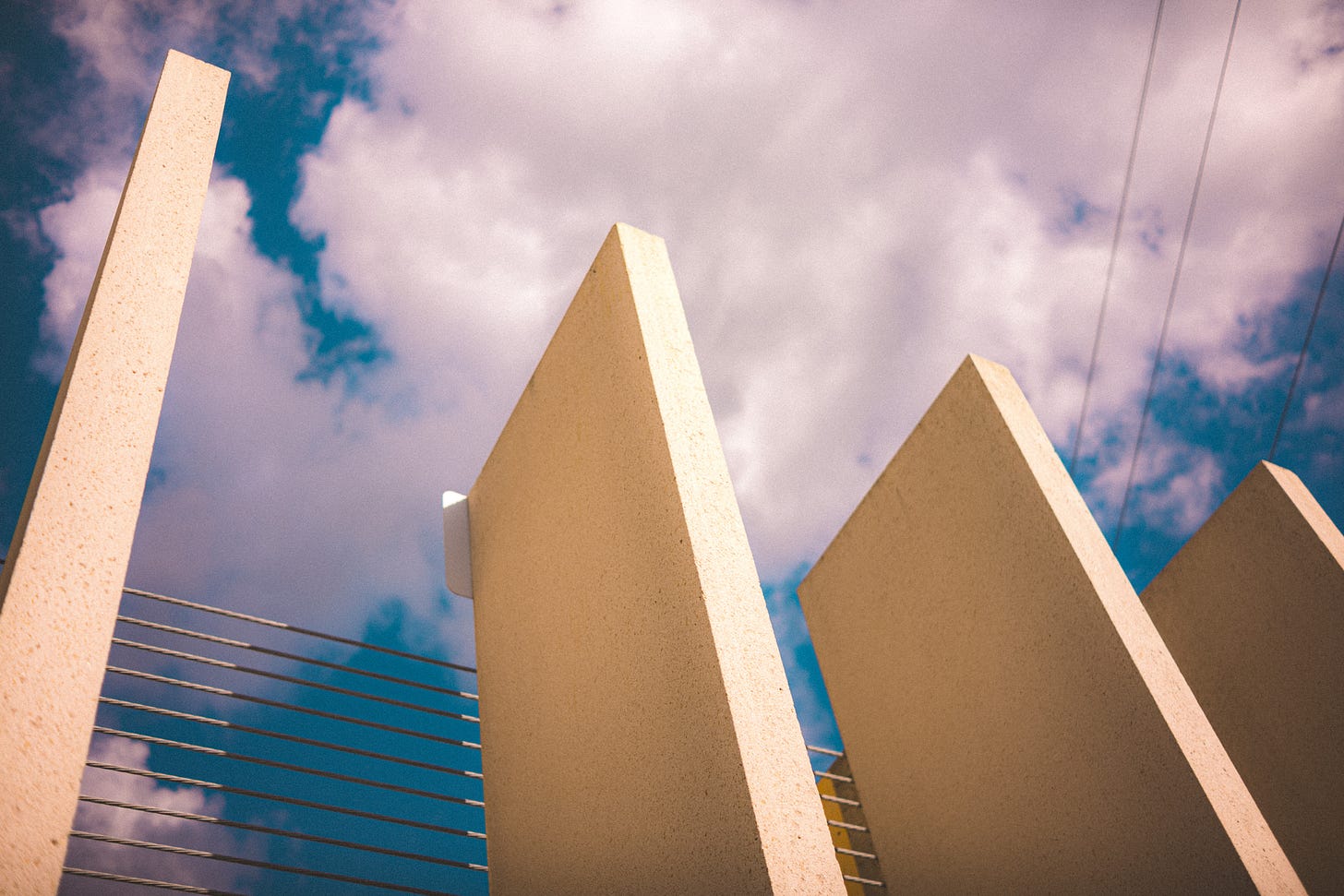

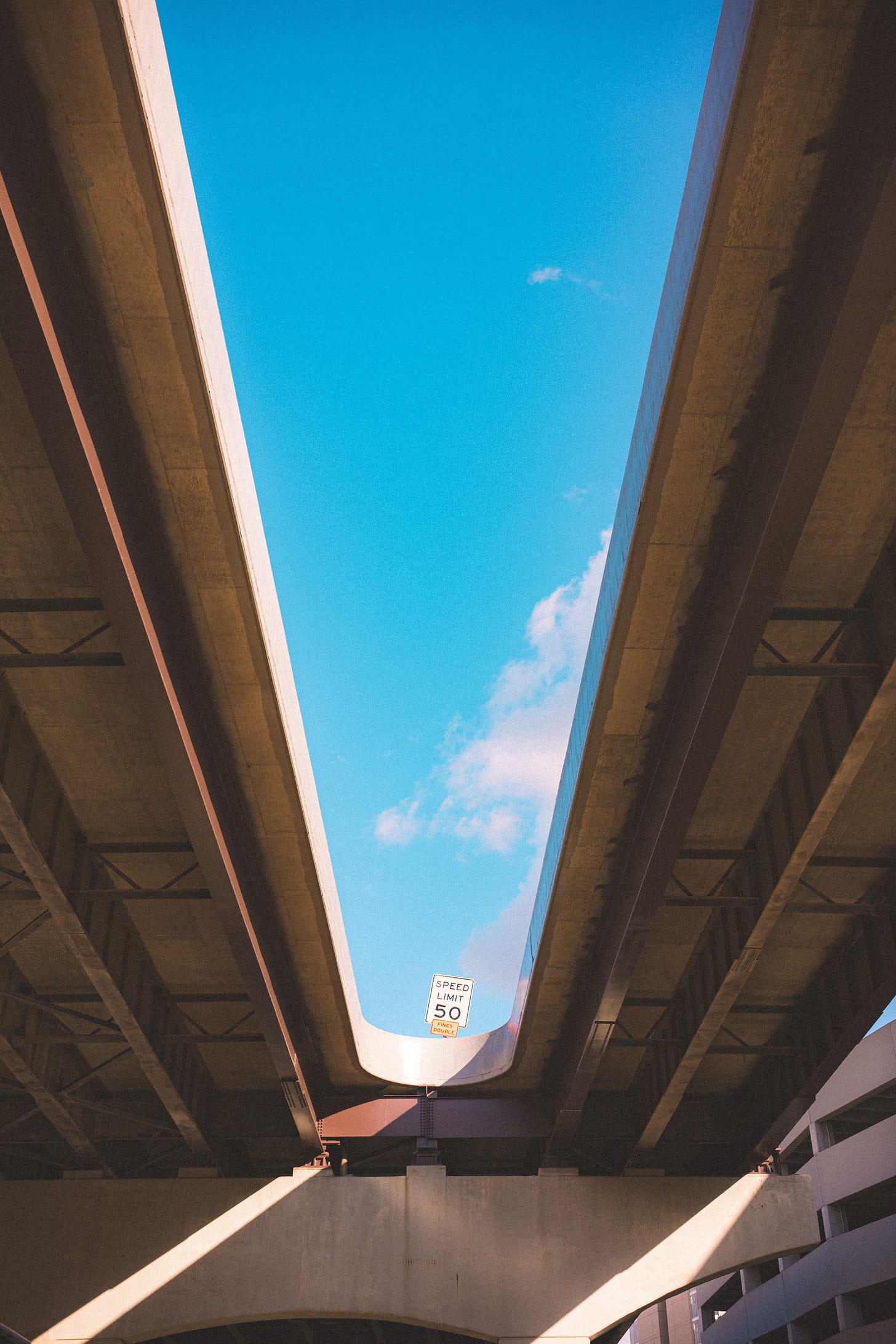

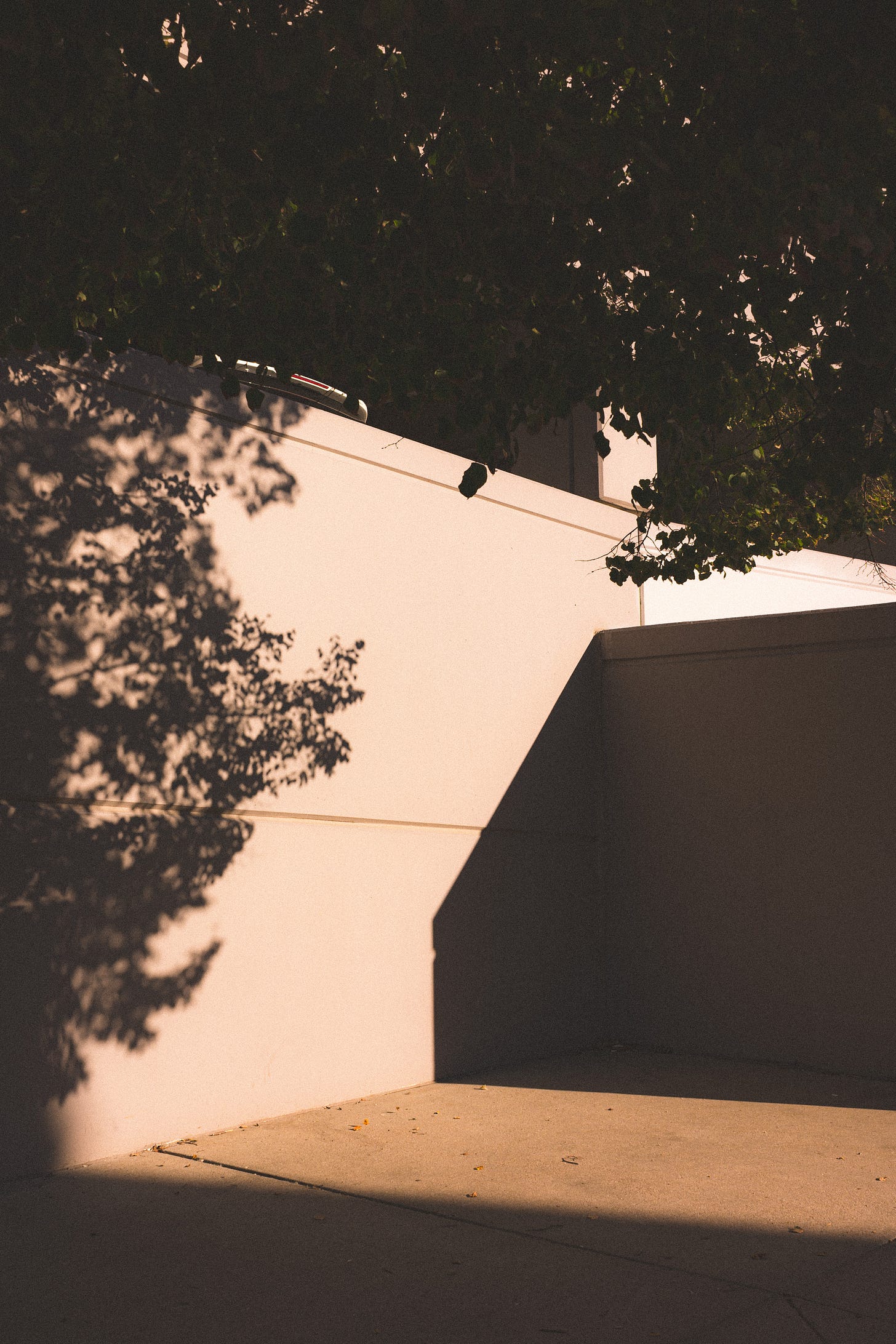
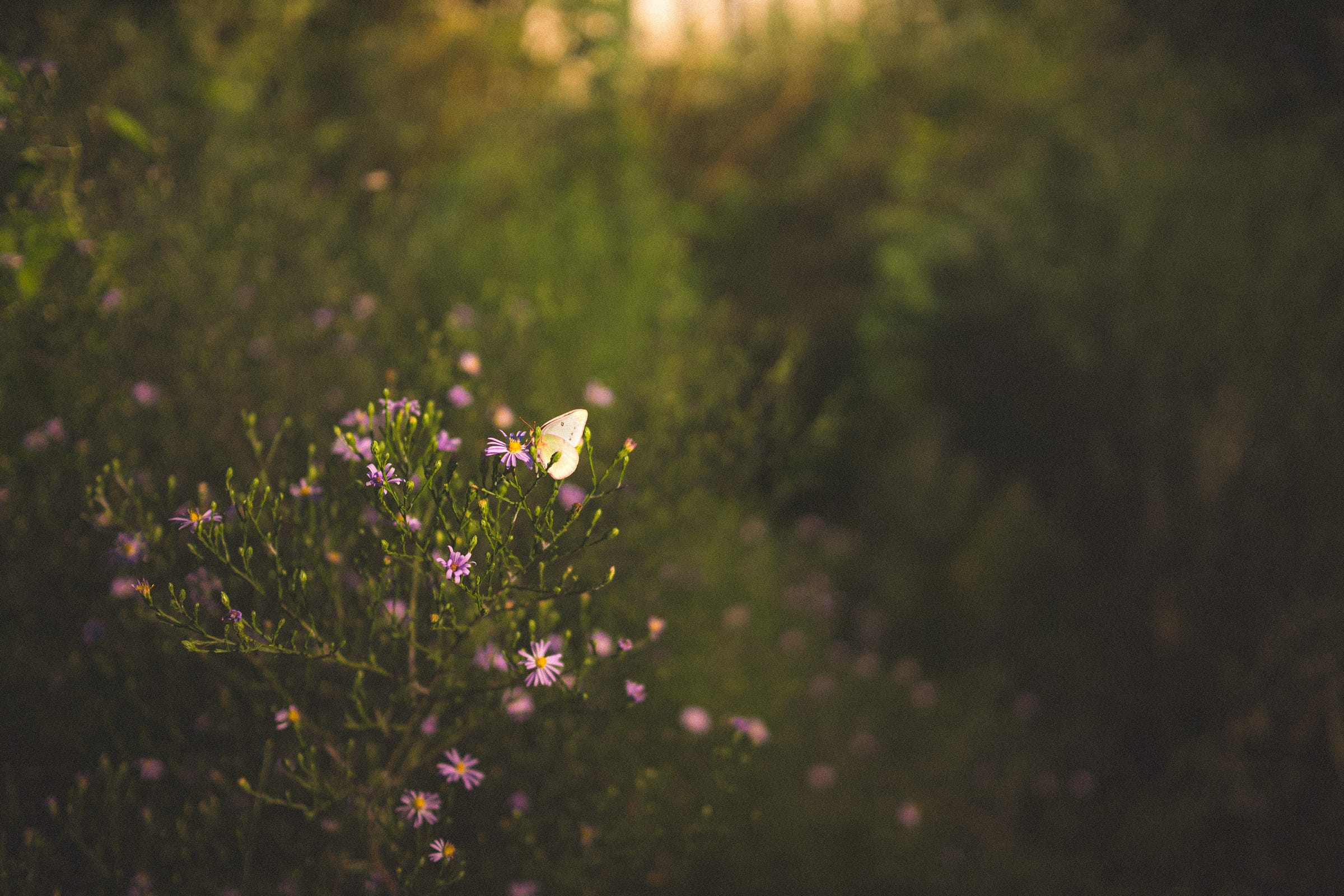

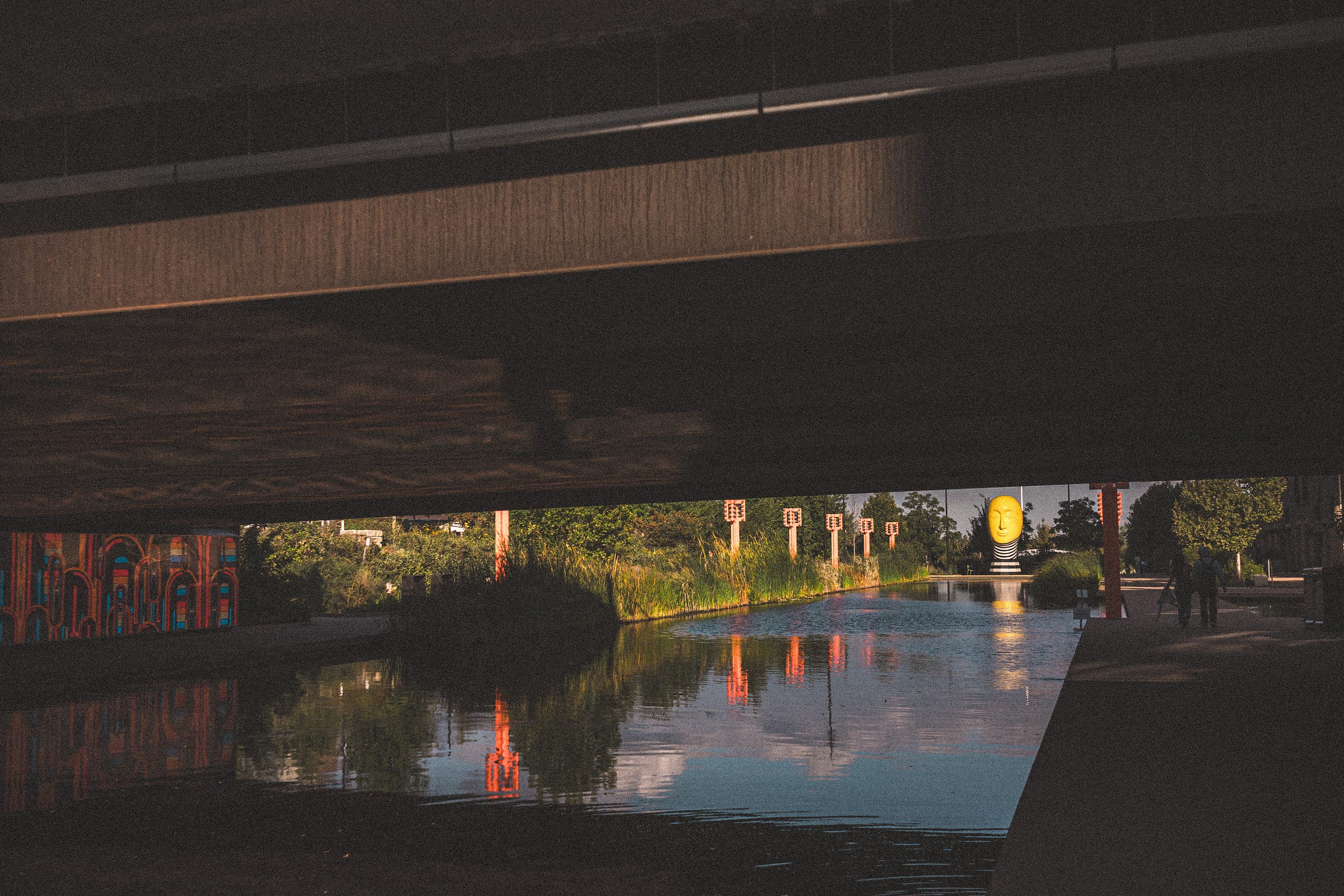
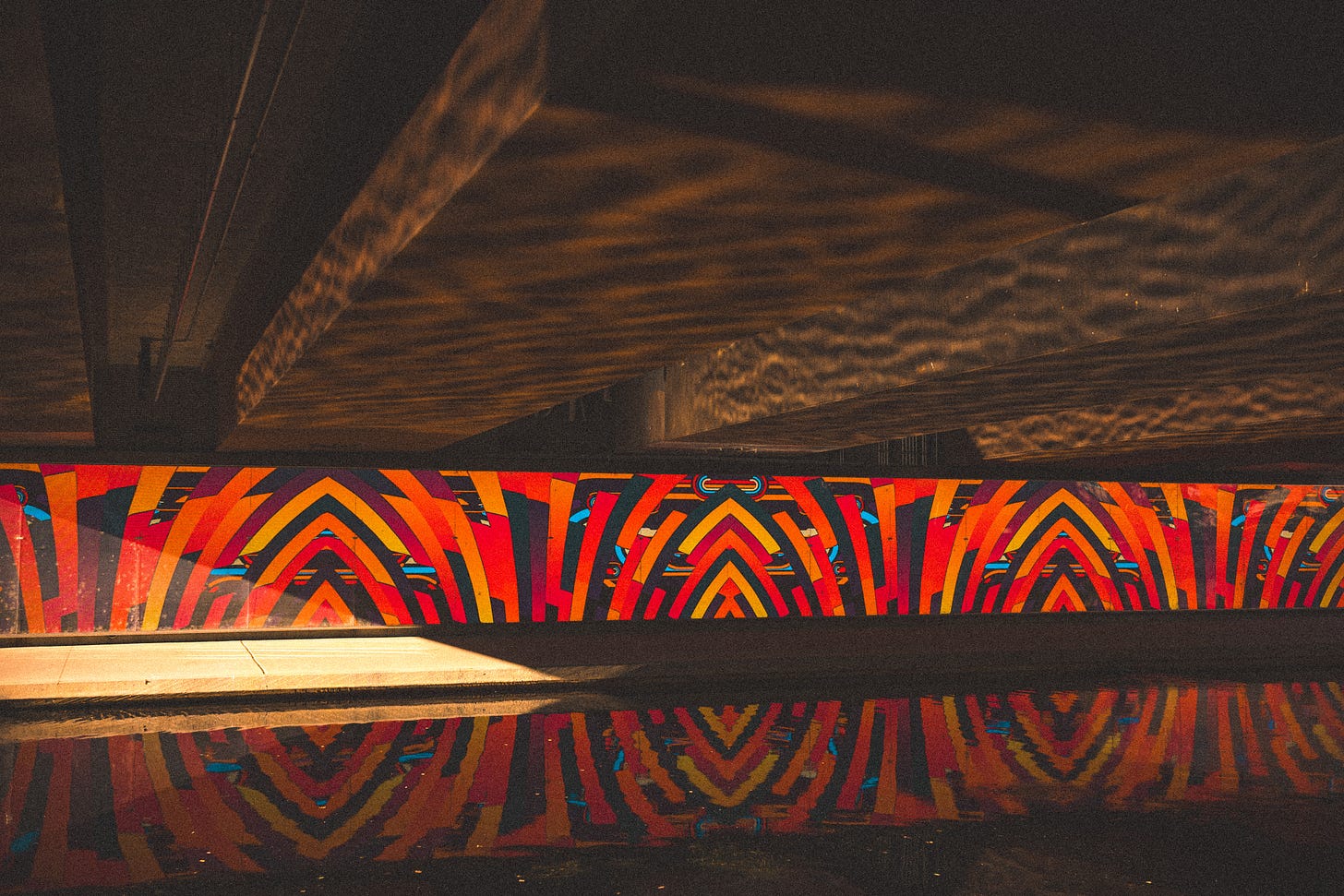



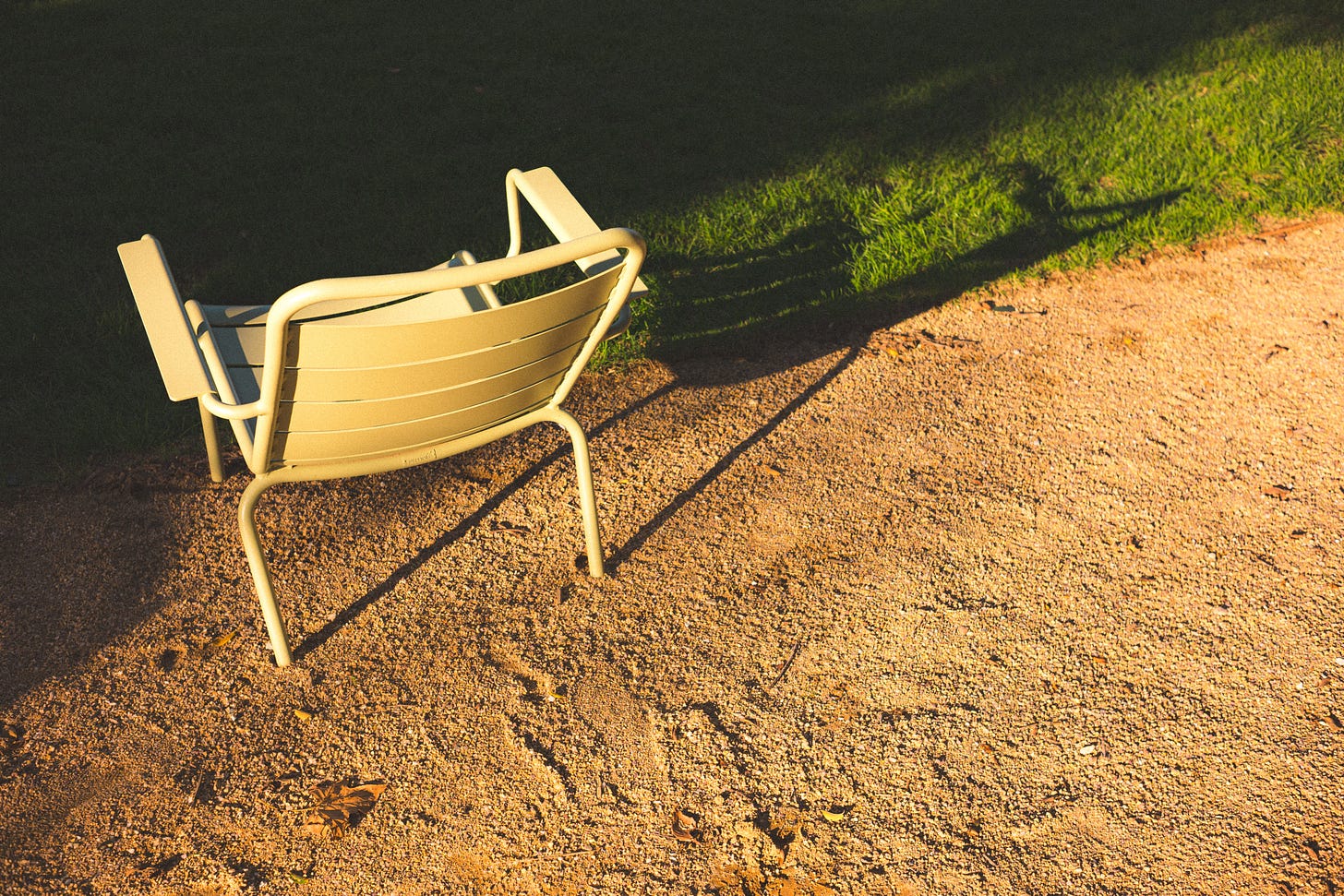

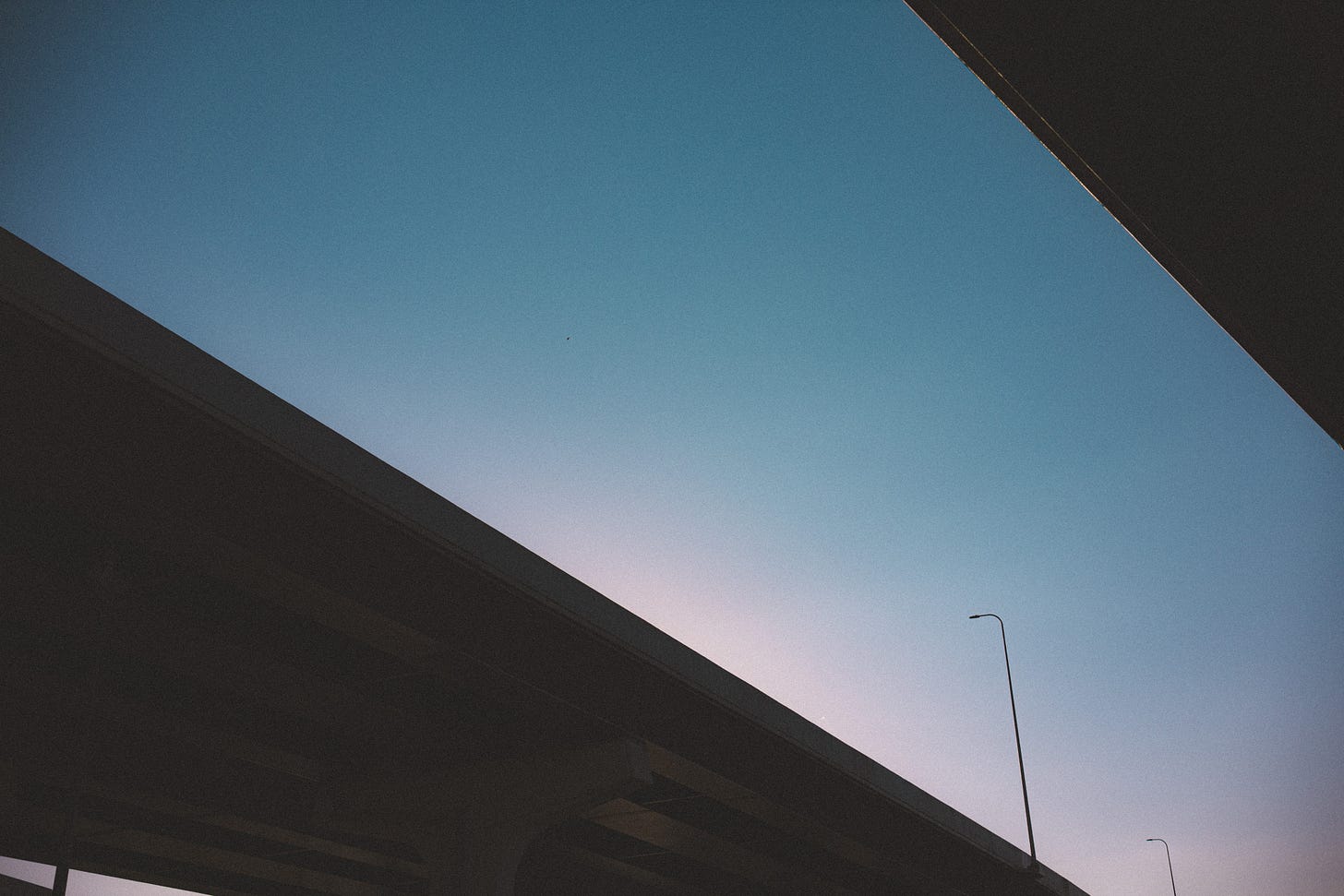
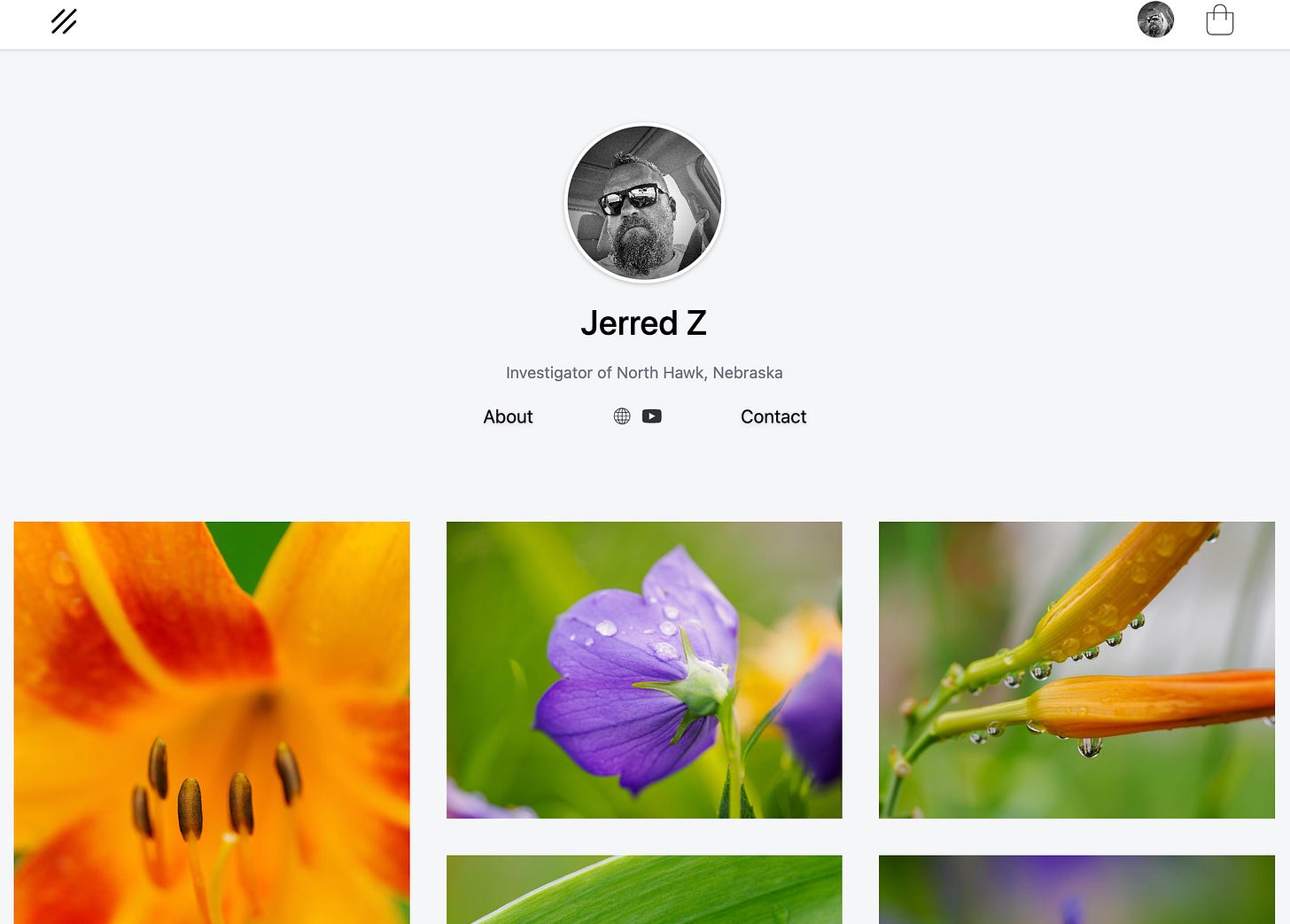
How about $40 for the Retrotopia “Oreo” lens. Been having a blast with it. Especially some ICM stuff.